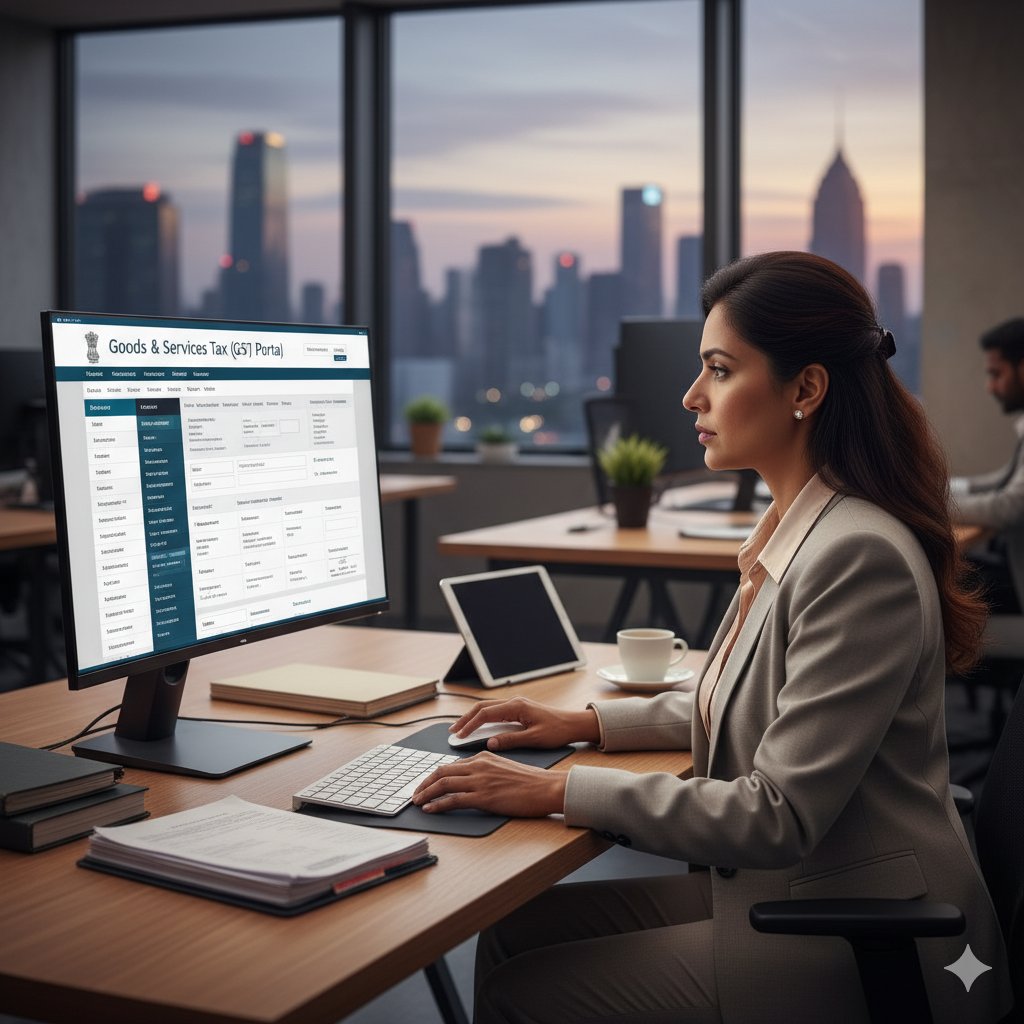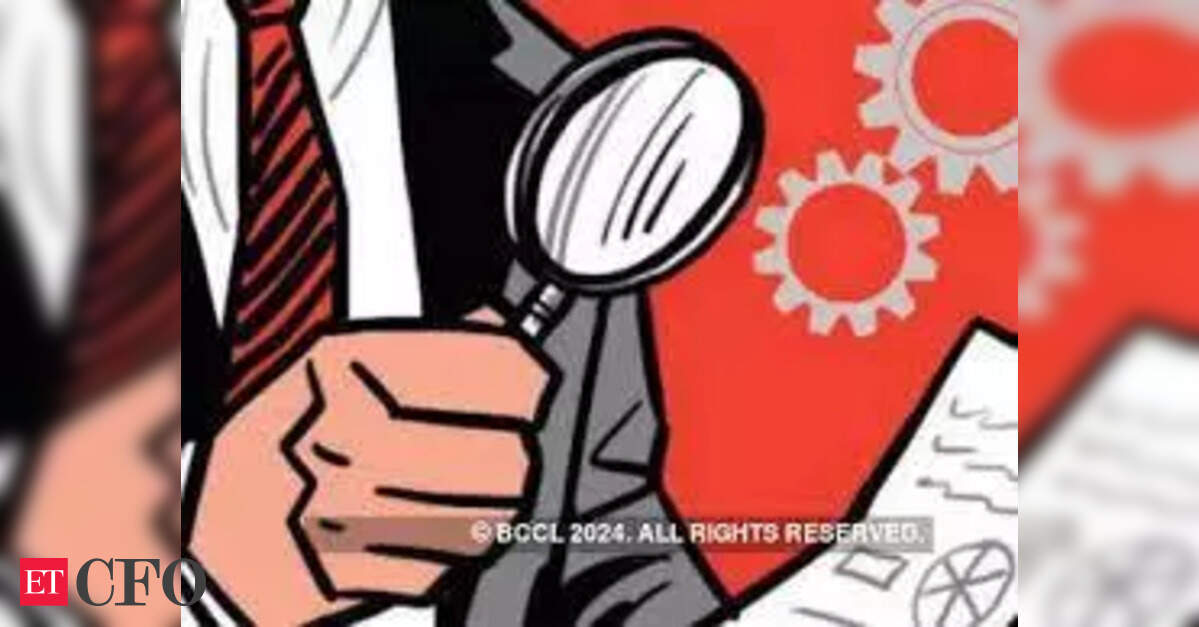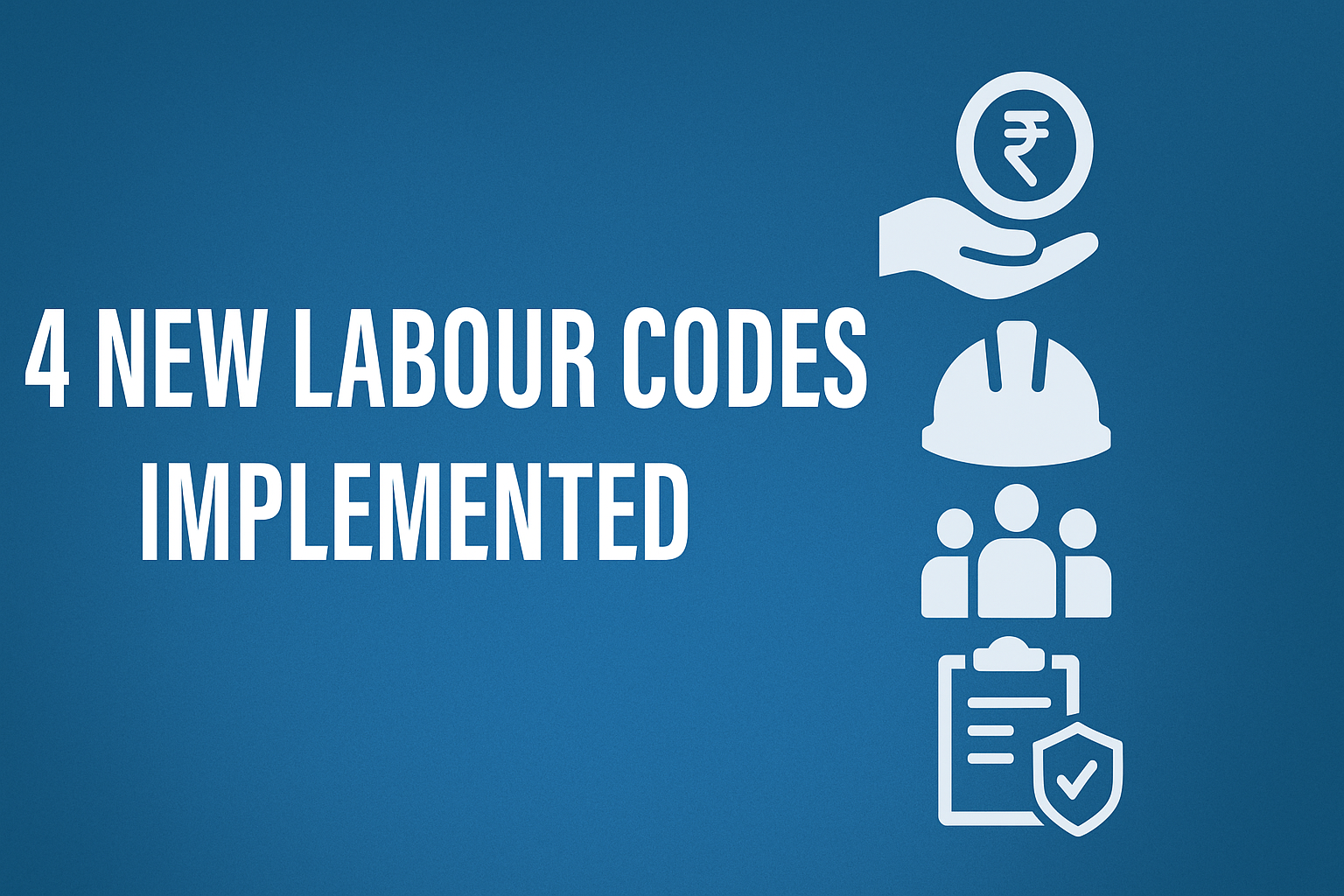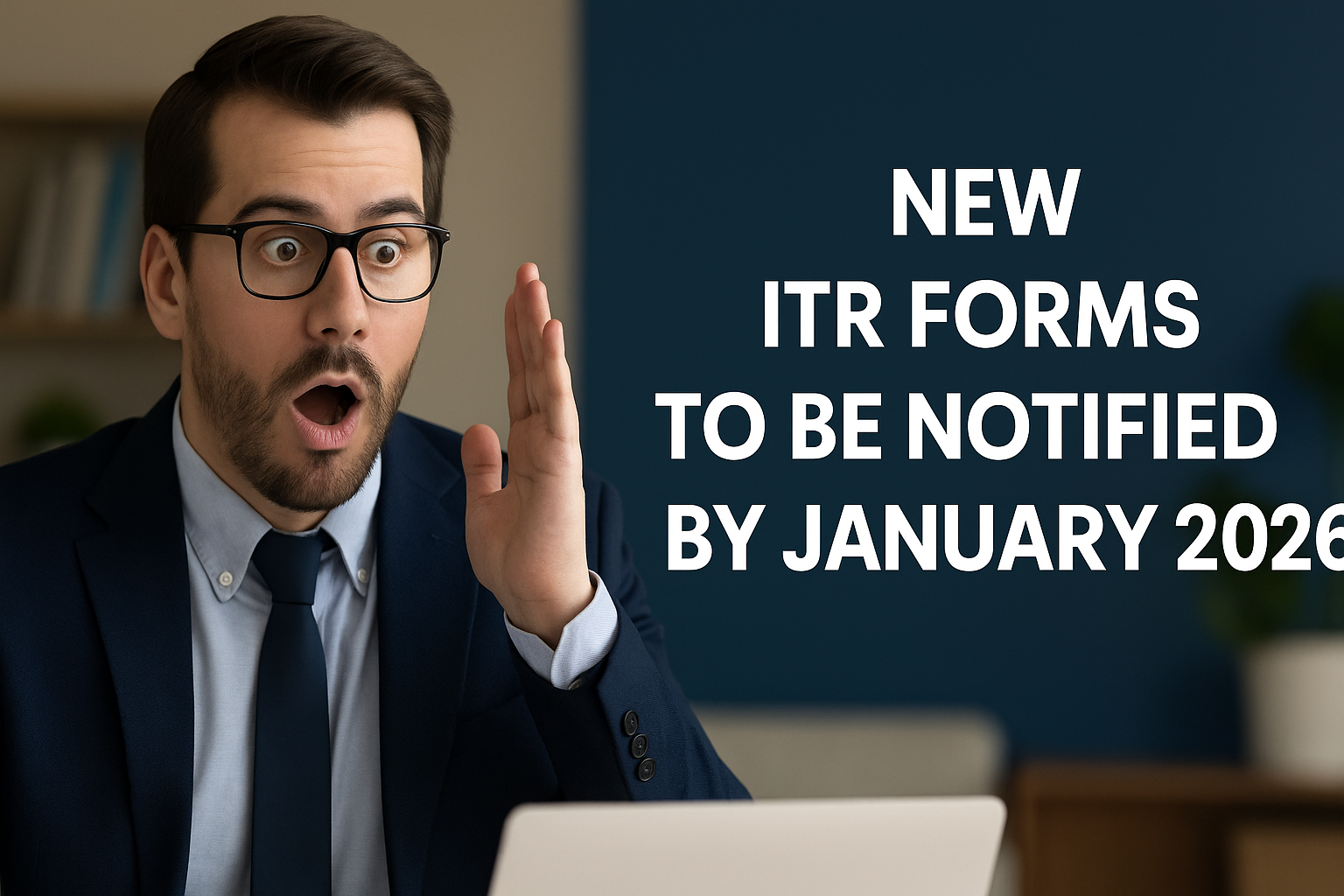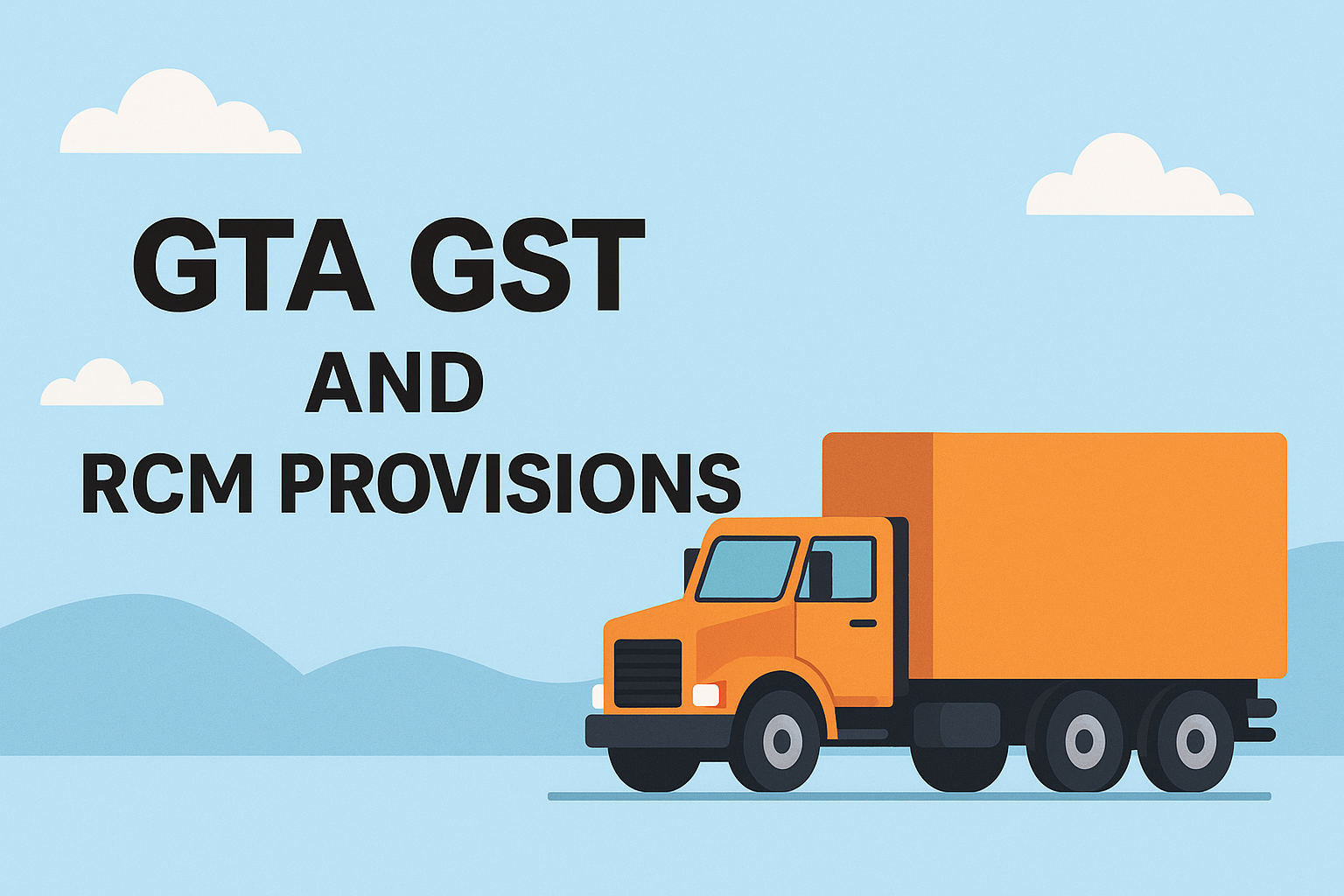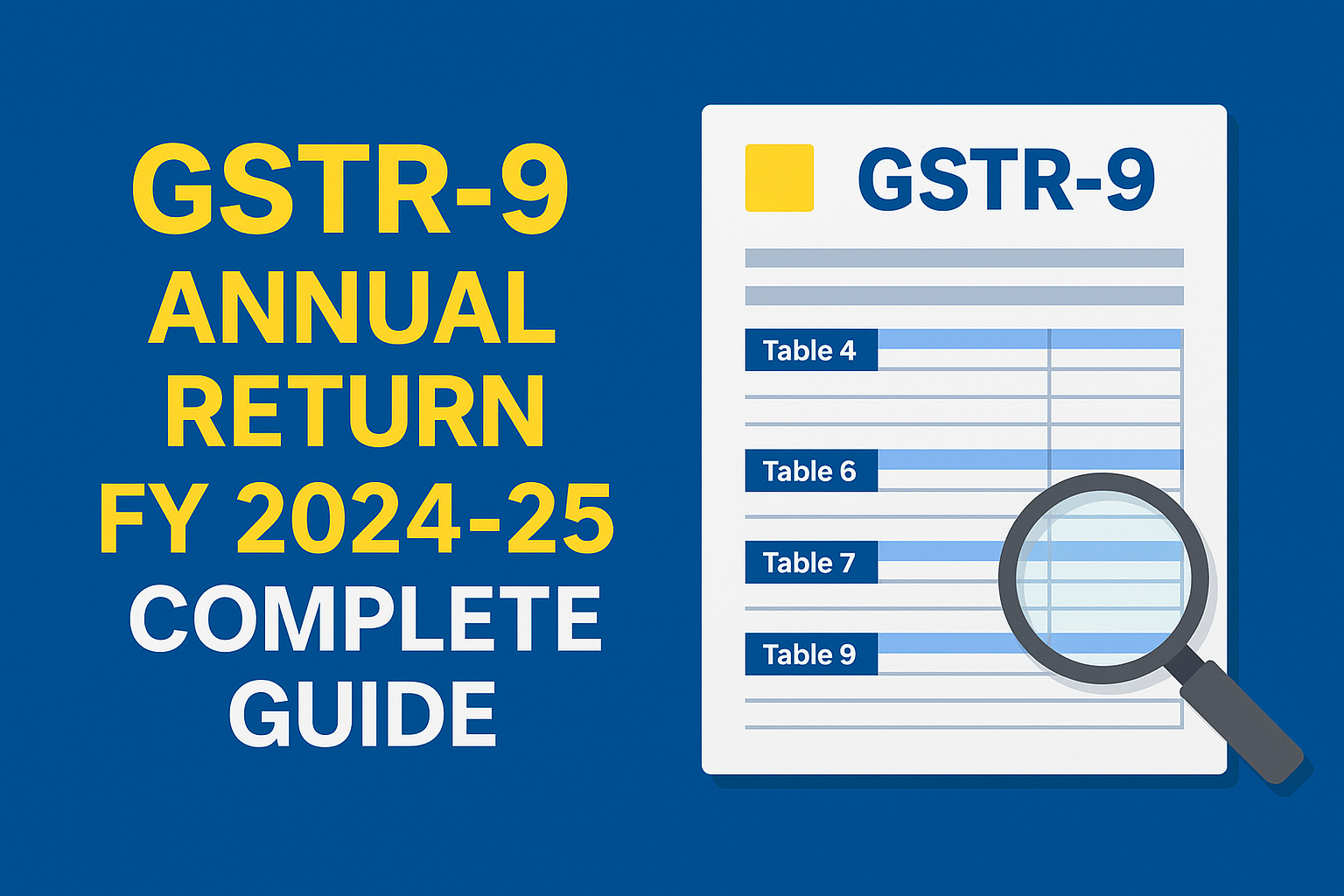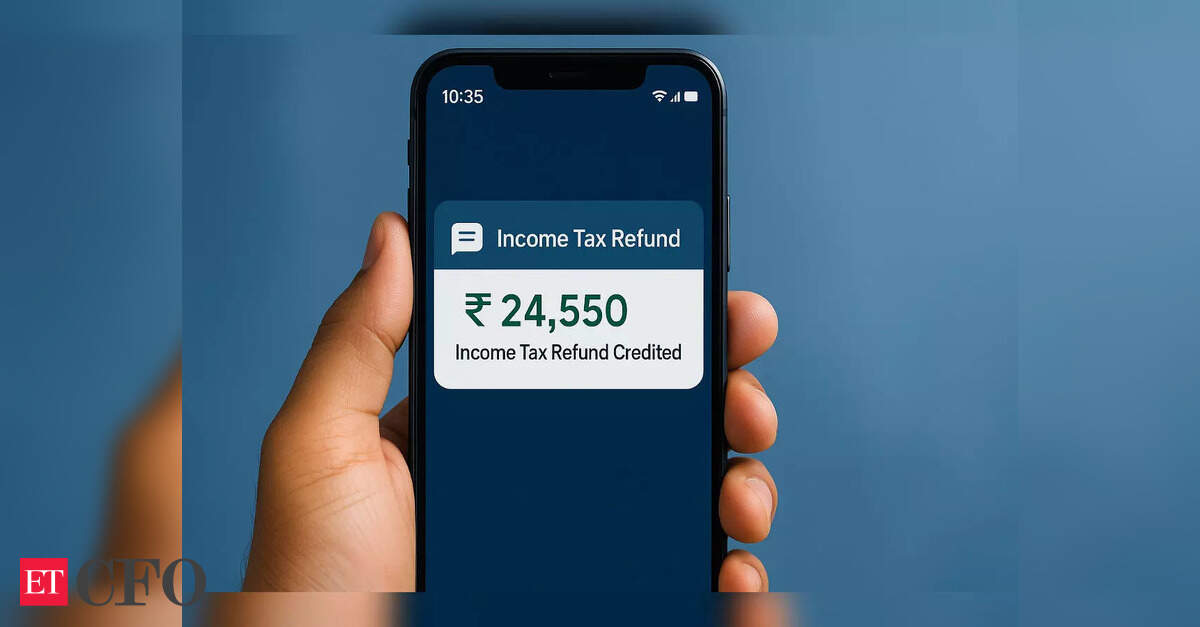📅 Advisory issued on 8th October 2025
In response to several misleading social media posts about major changes in the GST return system effective from 1st October 2025, the Goods and Services Tax Network (GSTN) has issued an important clarification.
The advisory aims to dispel confusion surrounding the Invoice Management System (IMS) and its impact on GSTR-2B, GSTR-3B, and Input Tax Credit (ITC) auto-population.
Here’s a complete breakdown 👇
📌 1️⃣ No Change in Auto-Population of ITC
GSTN has categorically clarified that there is no change in how Input Tax Credit (ITC) gets auto-populated in returns.
- The auto-population process from GSTR-2B to GSTR-3B will continue as before.
- ITC will still flow automatically based on the invoices uploaded by suppliers in GSTR-1.
- The implementation of the Invoice Management System (IMS) does not affect this auto-population mechanism.
👉 In short: Taxpayers don’t need to manually import ITC data — it will continue to be fetched automatically by the system.
📌 2️⃣ GSTR-2B Generation — No Manual Process
GSTN clarified that GSTR-2B will continue to generate automatically on the 14th of every month, as it does currently.
- Taxpayers do not have to manually create or trigger GSTR-2B through IMS.
- GSTR-2B remains an auto-drafted statement, reflecting eligible and ineligible ITC based on supplier filings.
- However, taxpayers will now have more flexibility through the IMS:🧾 Actions allowed in IMS:
- Accept or keep invoices pending
- Take action on credit notes
- View reconciliation summary
- Even after GSTR-2B is generated, taxpayers can still take actions in IMS till filing GSTR-3B.
- If any changes are made (like accepting/rejecting invoices or credit notes), GSTR-2B can be regeneratedaccordingly before filing.
👉 This ensures greater control and transparency without changing the underlying ITC mechanism.
📌 3️⃣ Credit Note Handling — New Flexibility from October 2025
A significant update relates to Credit Note management within the IMS system starting October 2025 tax period.
🧾 Key Points:
- Recipient’s Control Over Credit Notes:
- The recipient taxpayer will have the option to keep a credit note or related document pending for a certain period (instead of being forced to act immediately).
- Flexible ITC Reversal:
- On acceptance of a credit note, the recipient can choose to reverse ITC only to the extent of ITC actually availed.
- This can be adjusted manually, giving taxpayers more control and accuracy in ITC computation.
- Objective:
- This system ensures that the recipient does not have to reverse full ITC if only a part of it was availed earlier.
- It prevents unnecessary loss of credit and aligns with practical business scenarios.
💡 What This Means for Taxpayers
✅ No extra work required — ITC and 2B generation processes remain the same.
✅ More flexibility — taxpayers can take invoice and credit note actions in IMS after GSTR-2B generation.
✅ Accurate credit reversal — recipients can now reverse ITC partially based on actual availment.
✅ IMS will improve transparency — but will not complicate filing.
⚙️ Practical Example
Scenario:
You availed ITC of ₹8,000 on an invoice where the supplier later issued a ₹2,000 credit note.
Earlier, there was confusion whether full reversal was needed.
Now, under IMS from Oct 2025:
- You can accept the credit note, and
- Reverse ITC only proportionate to the ITC actually availed (₹8,000) — not the entire invoice amount.
📢 Key Takeaways
- No change in ITC auto-population process.
- GSTR-2B still generates automatically on 14th of every month.
- IMS gives flexibility to review, regenerate, and adjust ITC before filing GSTR-3B.
- Credit Note handling improved — allowing proportionate ITC reversal and pending actions.
🧮 Final Words
The GSTN’s latest advisory reassures taxpayers that the core GST return filing process remains the same, despite IMS integration.
IMS is designed to make the process smarter, not harder — by allowing flexibility and transparency in invoice and ITC management.
Taxpayers are advised to continue filing their returns as usual and use the IMS dashboard for better control and reconciliation.
In summary:
“IMS is not a new return system — it’s a smarter tool for the existing system.”
Visit www.cagurujiclasses.com for practical courses
